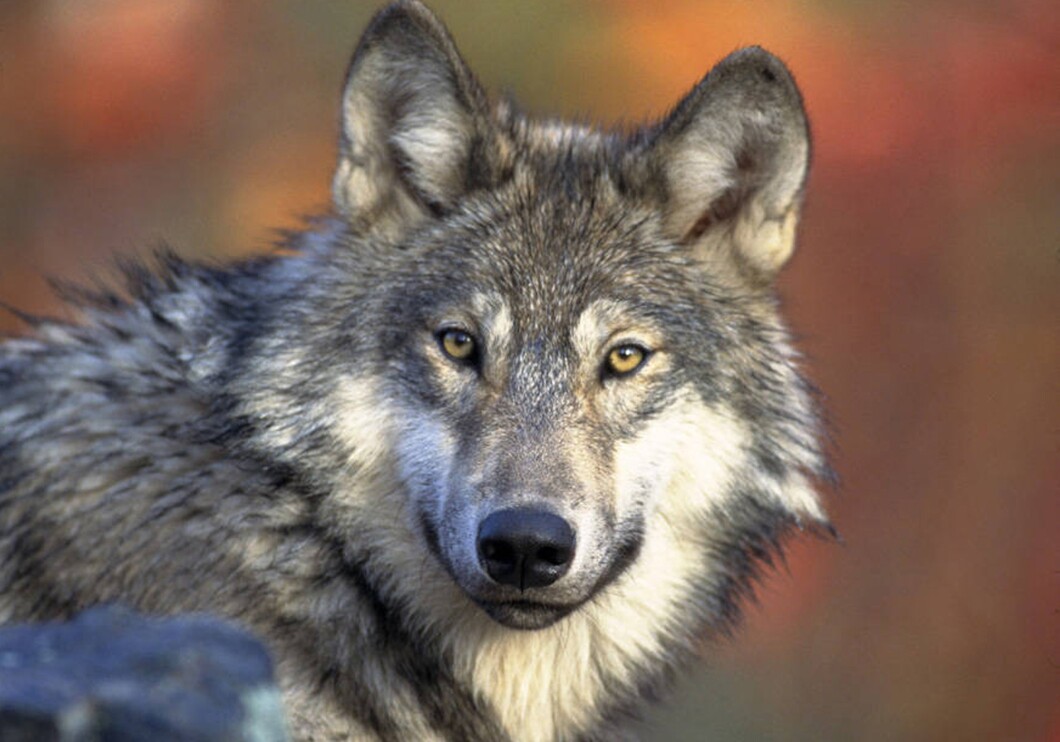
An animal shot in the Greater Capital region was confirmed to be 99% wolf through a DNA test.
Joseph Butera saw a picture of a hunter with the wolf on Facebook and asked if he’d be interested in DNA-testing a sample from the animal. Butera is a member of not-for-profit organization Northeast Ecological Recovery Society and coordinated the test with Ohio’s Trent University.
The 85-pound wolf was a reported mixture of Great Lakes, Northwest Territories, and eastern gray wolf, which likely migrated from Canada. Previously, the New York State Department of Environmental Conservation denied any presence of wolves, instead suggesting they were coyote mixes.
EXPERTS WARN AGAINST FEEDING ALLIGATORS AFTER FLORIDA SEES THREE ATTACKS IN TWO WEEKS

The St. Lawrence River was wrongfully believed to be a barrier keeping wolves out. Canada’s border is only 60 miles away from this central region of New York where the wolf was shot, which is a distance a wolf can travel in two days.
In 2019, the Maine Wolf Coalition similarly documented Maine’s first live wolf by collected scat.
Grey wolves are still considered protected by the Endangered Species Act after a U.S. district court judge in Oakland, California, ruled in their favor in February. The U.S. Fish and Wildlife Service had attempted to de-list wolves in October 2020.
CLICK HERE TO READ MORE FROM THE WASHINGTON EXAMINER
By February 2021, 218 wolves in the Great Lakes region, a third of the population there, were killed in hunts that followed wolves’ protection removal. Over 500 wolves have been killed in Montana, Utah, Idaho, Wyoming, and Oregon since last spring, out of the area’s 2,600 wolves.





